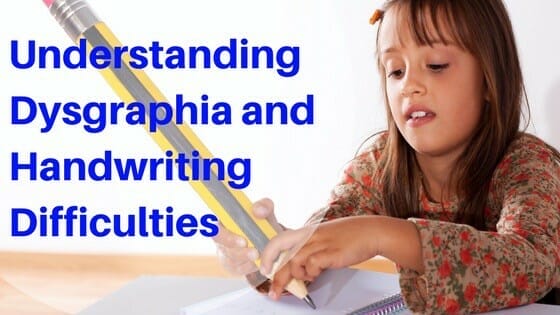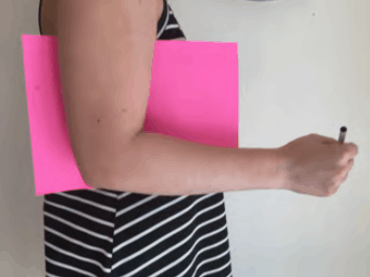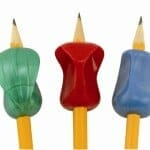
Dysgraphia affects one’s ability to write and their fine motor skills. It is known to be associated with an Autism Spectrum Disorder (specifically Asperger Syndrome) and ADHD.
Some key facts about children with Dysgraphia:
- Can usually write on some level, but often lack motor coordination.
- May find other fine motor tasks such as tying shoes difficult, though it often does not affect all fine motor skills.
- Can often lack basic spelling skills (eg, having difficulties with the letters p, q, b and d).
- Often will write the wrong word when trying to formulate thoughts (on paper).
- Generally emerges when the child is first introduced to writing. The child may make inappropriately sized and spaced letters or write wrong or misspelled words despite thorough instruction.The key different is once people without dysgraphia have learnt to write we can write without having to concentrate and focus. However, for these students it takes a HUGE amount of energy and effort to write. Can you imagine how frustrating it must be? – knowing what you want to write, how it should look but not having the skills to put it on paper as fast as your brain works! Often children with ASD get so tired and frustrated when doing writing tasks, they prefer computers because less fine motor skills are required. However, there are times when using the computer are not appropriate or possible ie: exams.
Ways to help children with dysgraphia is to implement a Fine Motor Program and pencil grips.

Quick Tip
Putting a piece of paper under a student with dysgraphia’s arm can help engage their core and improve fine motor skills.
Why Use Pencil Grips to Help with Writing
Children need to hold a pencil in a way that provides both stability and mobility. Speed, legibility and endurance of handwriting are influenced by the way a child holds their pencil. Pencil grips help the child maintain a position of stability to allow for efficient mobility and improved handwriting.
The BIG advantage of our pencil grips is children like the feel of them as they are large, soft and moulded to fit your fingers – unlike the hard triangle types and the smaller types.
Guide to Which Pencil Grip to Use;
- The Crossover Grip ensures children learn the correct finger positions or to stop crossing over fingers or thumb wrapping. Great for first grip or to correct children crossing over.
- The Standard Pencil Grip helps position fingers and maintain an open web space making it easier for students to control the pencil.
- The Pinch Grip balances the structure of the Crossover Grip with the freedom of the Standard Pencil Grip and is a great way to ensure students maintain the correct grip before transitioning to standard pencil grip or for students who need a bit more support.
- The Grips can be used as a three step process starting with the Crossover Grip, then the Pinch Grip and finally the Standard Grip.
All grips are suitable for both left and right handers. Just place your thumb on the R or L as indicated on the grip and the other fingers will slot naturally in to place.
 Great Resource – The Motor Skill Flip-Book by Sally McNamara
Great Resource – The Motor Skill Flip-Book by Sally McNamara
This programme is fantastic as it solves motor issues with quick fun activities. you can give this book to parents, carers or support staff to follow. It has GREAT time-savers that use a whole body approach to motor skills. I love the way it is divided into the whole body activities and covers five key motor skill areas – ‘core strength’, ‘shoulder stability’, ‘gross motor coordination’, ‘fine motor coordination’ and ‘pencil control’. I also love that each of the 100 activities can be mixed and matched quickly and easily for the child to follow during each session

